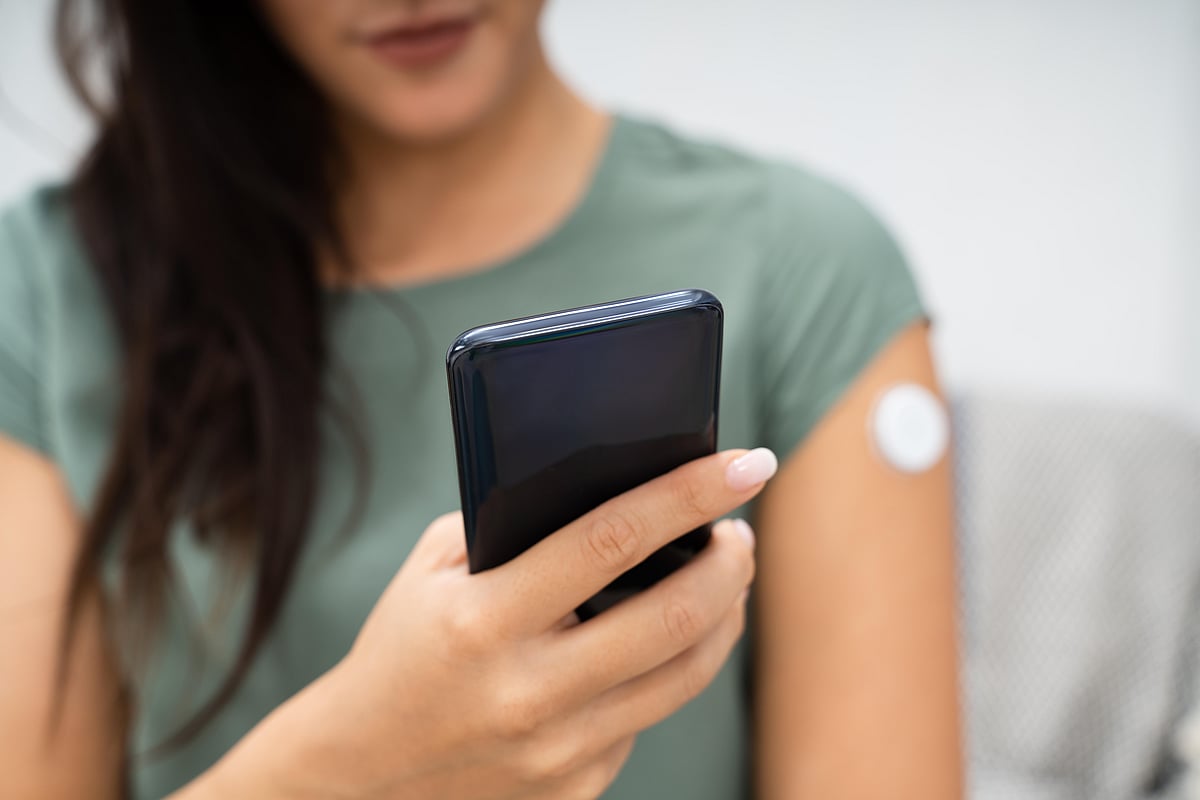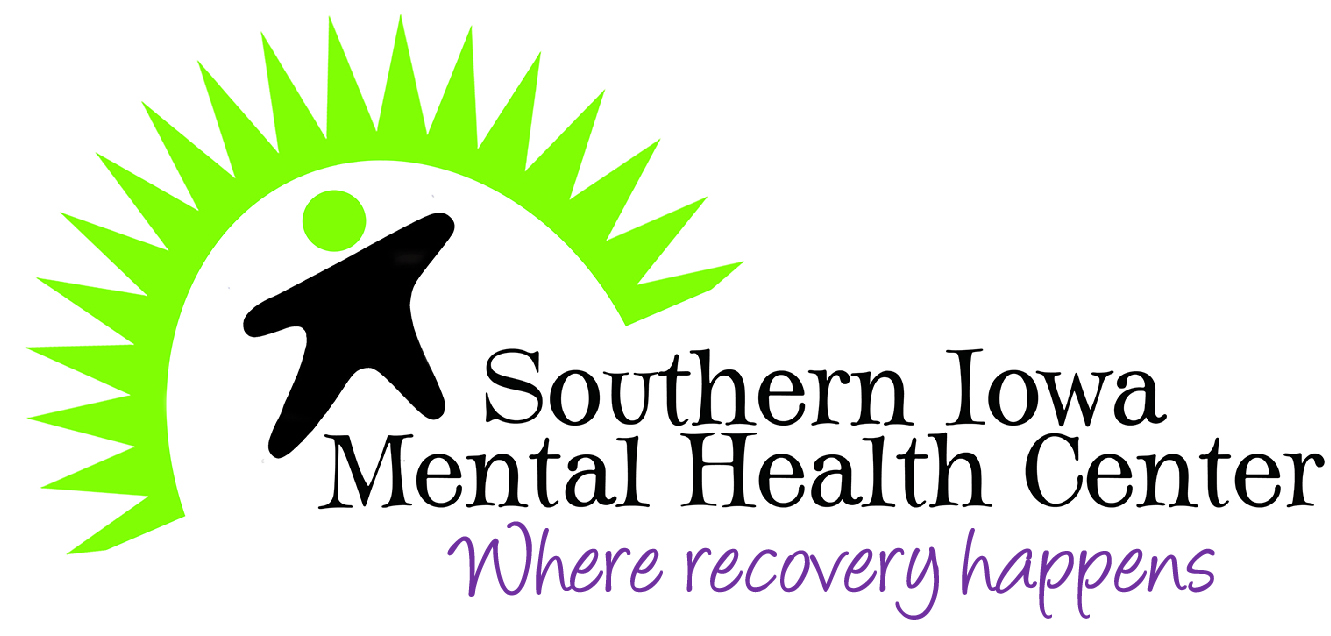Automated Insulin Delivery Ups Time in Target Glucose Range in T1D

FRIDAY, Sept. 9, 2022 (HealthDay News) -- Among patients with type 1 diabetes, percentage of time in the target glucose range is increased with the use of an open-source automated insulin delivery (AID) system, according to a study published in the Sept. 8 issue of the New England Journal of Medicine.
Mercedes J. Burnside, M.B., Ch.B., from the University of Otago in New Zealand, and colleagues conducted a multicenter, open-label trial involving 97 patients (48 children and 49 adults) with type 1 diabetes who were randomly assigned to use an open-source AID system or a sensor-augmented insulin pump (44 and 53 patients, respectively).
The researchers found that the mean time in the target range increased in the AID group (61.2 ± 12.3 to 71.2 ± 12.1 percent) and decreased in the control group (57.7 ± 14.3 to 54.5 ± 16.0 percent) at 24 weeks (adjusted difference, 14 percentage points), with no treatment effect based on age. Compared with those in the control group, patients in the AID group spent 3 hours 21 minutes more in the target glucose range (70 to 180 mg/dL) per day. Neither group experienced severe hypoglycemia or diabetic ketoacidosis. Owing to connectivity issues, two patients in the AID group withdrew from the trial.
"Patients in the AID group had improved glycemic control while maintaining a low percentage of time during which the glucose level was less than 70 mg per deciliter," the authors write.
Abstract/Full Text (subscription or payment may be required)
Editorial (subscription or payment may be required)
Was this page helpful?
Related Posts
What Are the Symptoms of Hepatitis C?
MONDAY, June 12, 2023 (HealthDay News) -- Hepatitis C is often missed in the...
Una terapia experimental podría ser una nueva herramienta contra el cáncer de páncreas
JUEVES, 2 de junio de 2022 (HealthDay News) -- En lo que podría resultar un...
Bill Clinton Discharged From Hospital After Recovery From Sepsis
MONDAY, Oct. 18, 2021 (HealthDay News) -- Former President Bill Clinton was...
Screen Time Linked to Autism Spectrum Disorder in Boys
MONDAY, Jan. 31, 2022 (HealthDay News) -- Screen time is significantly associated...
